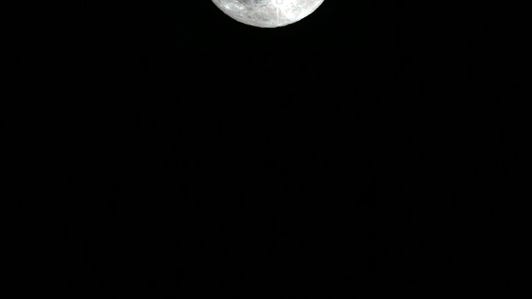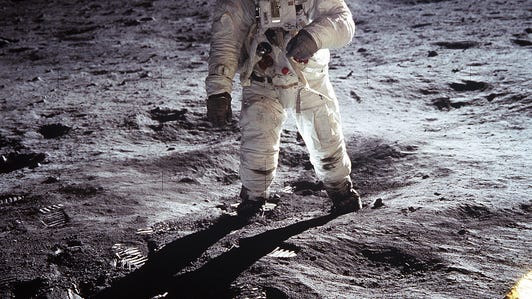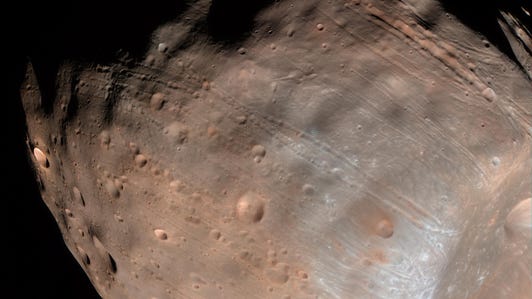
It's not a supermoon this year, but the harvest moon is one of the more famous full moons we see every year, and this year it's happening on Saturday.
There's nothing spectacular or even out of the ordinary about this full moon. In fact, it's arguably the least interesting full moon we've had in months, following four consecutive supermoons going back to May.
The harvest moon traditionally signals the end of the summer season in the Northern Hemisphere and has probably the least mysterious of all the full moon nicknames. The name traces back to use in Europe and has been documented at least as far back as 1706, according to NASA.
You might see the harvest moon referred to as September's full moon, but by definition, it's actually the full moon that falls closest to the autumn equinox (this year that's Sept. 22), which means it sometimes occurs in October.
In Europe, this full moon has also been called the fruit moon or the barley moon, names that again tie it to the seasonal fall harvest in the Northern Hemisphere. In the Americas, it has also been called the corn moon by Algonquin tribes, again for the same reason.
In 2022, the harvest moon will rise on Saturday, and as with every full moon, it will come up above the eastern horizon in twilight, not long after the sun sets in the west. A day before or after is also a good time to catch this moon because it will appear just as full to the naked eye and create the optical illusion that makes it look so huge above the horizon at dusk.
Exactly what makes the full moon look so large to the eye when it's near the horizon at dusk is still debated, but it's worth stepping outside to see first hand. Simply find a spot with a great view of the east and head out after sunset.
As always, be sure to share your best photos with me on Twitter: @ericcmack.









 Add Category
Add Category




